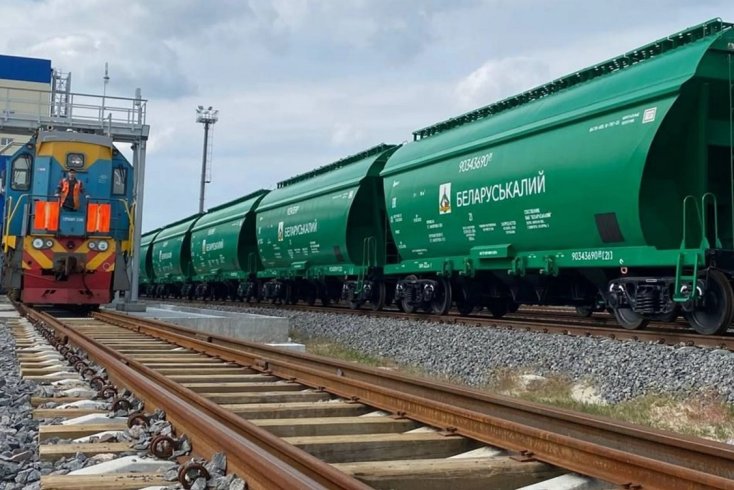By Aleś Hudzija
The Ministry of Economy has unveiled a draft National Sustainable Development Strategy (NSDS) until 2040.

Economy expected to grow by 5 percent a year
Clearly under the influence of Russian narratives, officials prioritize traditional family values and technological sovereignty.
Technological sovereignty is understood as closer ties with Russia and China, while concern about traditional family values may reflect the government’s intention to step up political indoctrination.
Officials have finally acknowledged the gap between society and the state. However, instead of making the state more flexible to meet the needs of society, they are trying to force the younger generation and businesses to adapt to the government’s needs.
Young people are encouraged to change their worldview, and businesses are obliged to put the public interest ahead of corporate interests.
Current practices and plans in education indicate that these goals are likely to be achieved through brainwashing and compulsory job placement.
Officials are obviously worried about what they call “people saving” or a population decline. In their opinion, the trend can be reversed by strengthening family values, while higher living standards are secondary.
Moreover, as regards incomes, officials note budget constraints and urge medium-sized and large companies to “step up joint responsibility.”
By 2040, life expectancy is projected to rise to 74 years; GDP, to double; the IT sector’s contribution to the economy, to rise to 10-15 percent; and greenhouse gas emissions are to be reduced by 40 percent.
The economy is to grow by about 5 percent annually, and the IT sector is expected to expand even at a faster rate.
Similar growth rates were projected in the 2030 strategy. In reality, however, from 2016 to 2023, halfway through, the economy grew by only 8 percent. How can officials be sure that it will perform better in the future?
GDP growth in Belarus
Growth year on year in comparable prices
* Indicators are based on the Edict “On the Key Projected Socio-Economic Development Indicators” for the next year; the long-term target is calculated based on the NSDS.
Brain, labor drain
Problems may arise in meeting other priorities. IT professionals are leaving Belarus for neighboring countries that offer better career and personal fulfillment opportunities. Belarus’ scientific and business potential is also shrinking.
The reality and the bureaucrats’ plans differ drastically. The quality of such strategic documents clearly shows the government’s inability to visualize and construct a future attractive for the people.
The political crisis of 2020 and the ensuing frustration have probably brought the Belarusian bureaucracy to a point where it cannot make long-term plans.
Social and political repression has created an environment in which officials do not have to consider any criticism or alternative opinions. Bureaucrats see it as a strength, but it is actually a weakness for long-term vision.
Without alternative views and criticism, their picture of the future and analysis of the current state of affairs diverge significantly from reality. This problem is not new and has been present in previous strategies, too.
Officials are reluctant to change their approaches. Minsk has not learned any lessons from the political, economic and social crises of recent years, and is replicating its old mistakes.



